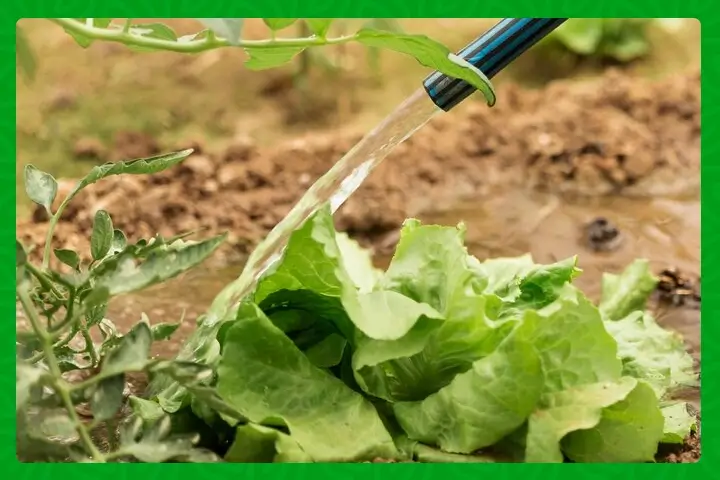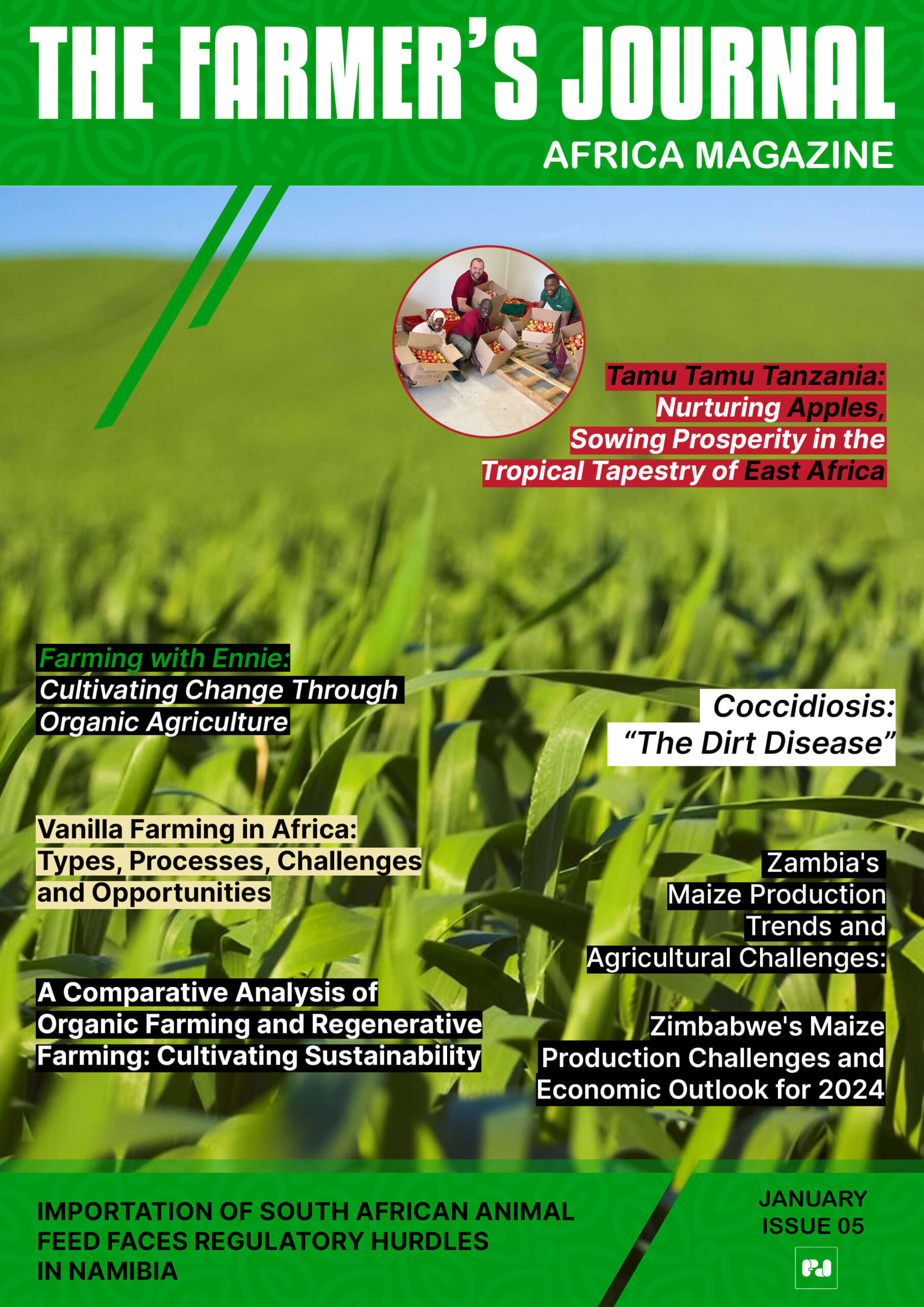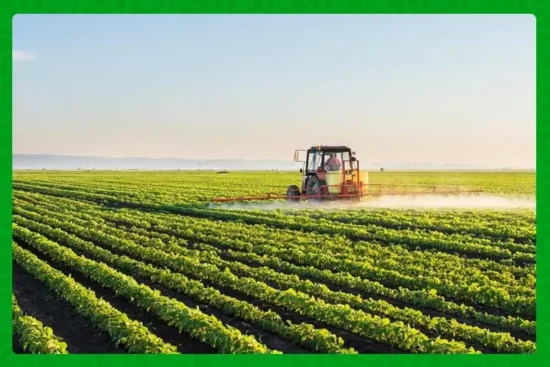
Zambia’s non-traditional export earnings demonstrated resilient growth in February 2025, rising 4.8 percent month on month to K7.5 billion and accounting for 30 percent of total export revenues. Agricultural exports surged by 28 percent, driven largely by tobacco, coffee and raw cane sugar, while non-agricultural shipments dipped to 71 percent of the NTE total.
Strong Agricultural Exports Propel NTE Growth
Zambia’s agricultural sector was the standout performer in February, contributing K2.2 billion, or 29 percent of total NTEs, up from 23.8 percent in January after a 28 percent jump in earnings from K1.7 billion the previous month.
Tobacco Leads the Charge
Tobacco partly or wholly stemmed or stripped remained the powerhouse, accounting for 33 percent of agricultural NTE revenues in February. Its steady global demand and established buyer networks have underpinned consistent export growth.
Coffee and Raw Cane Sugar Round Out the Mix
Coffee not roasted or decaffeinated contributed 5.3 percent of February’s agricultural earnings, reflecting rising interest in specialty beans. Raw cane sugar deliveries accounted for 4.9 percent, benefiting from favourable harvest conditions and competitive pricing on world markets.
Non-Agricultural Exports Face a Modest Decline
Non-agricultural products encompassing mining, manufacturing and other sectors comprised 71 percent of NTEs in February, down from 76.2 percent in January. This contraction signals the sensitivity of Zambia’s industrial exports to global commodity price swings and seasonal production cycles.
Broader Trade Landscape Growth Coupled with Logistic Challenges
Total merchandise trade, which includes exports plus imports, for January–February 2025 reached K102.6 billion, marking a 28.4 percent increase over the same period in 2024. Exports alone totalled K50.9 billion, with road transport carrying 97.2 percent of that value. Air and rail shared the remainder at 2.3 percent and 0.5 percent respectively. Meanwhile, imports declined by 3.1 percent to K25.4 billion, thanks to lower bills for intermediate and consumer goods.
Challenges and Strategic Priorities
Despite robust February figures, several headwinds loom:
- Infrastructure Constraints Heavy reliance on road transport strains ageing highways and border posts. Upgrading rail links and port facilities is essential to reduce costs and transit times.
- Commodity Price Volatility Fluctuations in tobacco and metal prices can quickly erode revenues. Diversification into higher-value products and hedging strategies could buffer against shocks.
- Currency and Inflation Pressures Annual inflation stood at 16.8 percent in February, up from 16.7 percent in January, threatening producer margins if the kwacha remains unstable.
- Value Addition Needs Exporting raw materials captures only a fraction of potential gains. Investing in agro-processing and light manufacturing can create jobs and boost foreign-exchange earnings.
Turning Momentum into Sustainable Growth
To build on the 4.8 percent NTE lift, Zambia should focus on:
- Market Diversification Exploring new destinations for horticulture, processed foods and niche crafts to reduce reliance on traditional buyers.
- Logistics Modernisation Leveraging public-private partnerships to rehabilitate rail corridors, expand warehousing and streamline customs procedures.
- Capacity Building Strengthening farmer cooperatives and artisanal groups with technical training, quality certification and marketing support.
- Policy Stability Ensuring consistent trade and fiscal policies to attract long-term investment in value chains.
Outlook
February’s performance underscores the resilience of Zambia’s non-traditional exports, particularly in agriculture. With total trade soaring and road-borne exports at record highs, the country has demonstrated its ability to compete regionally and globally. By addressing infrastructure bottlenecks, broadening export baskets and moving up the value chain, Zambia can transform short-term gains into enduring economic growth and greater resilience against global uncertainties.
Stay updated with the latest farming tips and agriculture industry news from Africa by subscribing to our newsletter. Don’t miss out on valuable insights and updates. Follow us on Twitter, LinkedIn, and Facebook to join our farming community and stay connected with us.


















